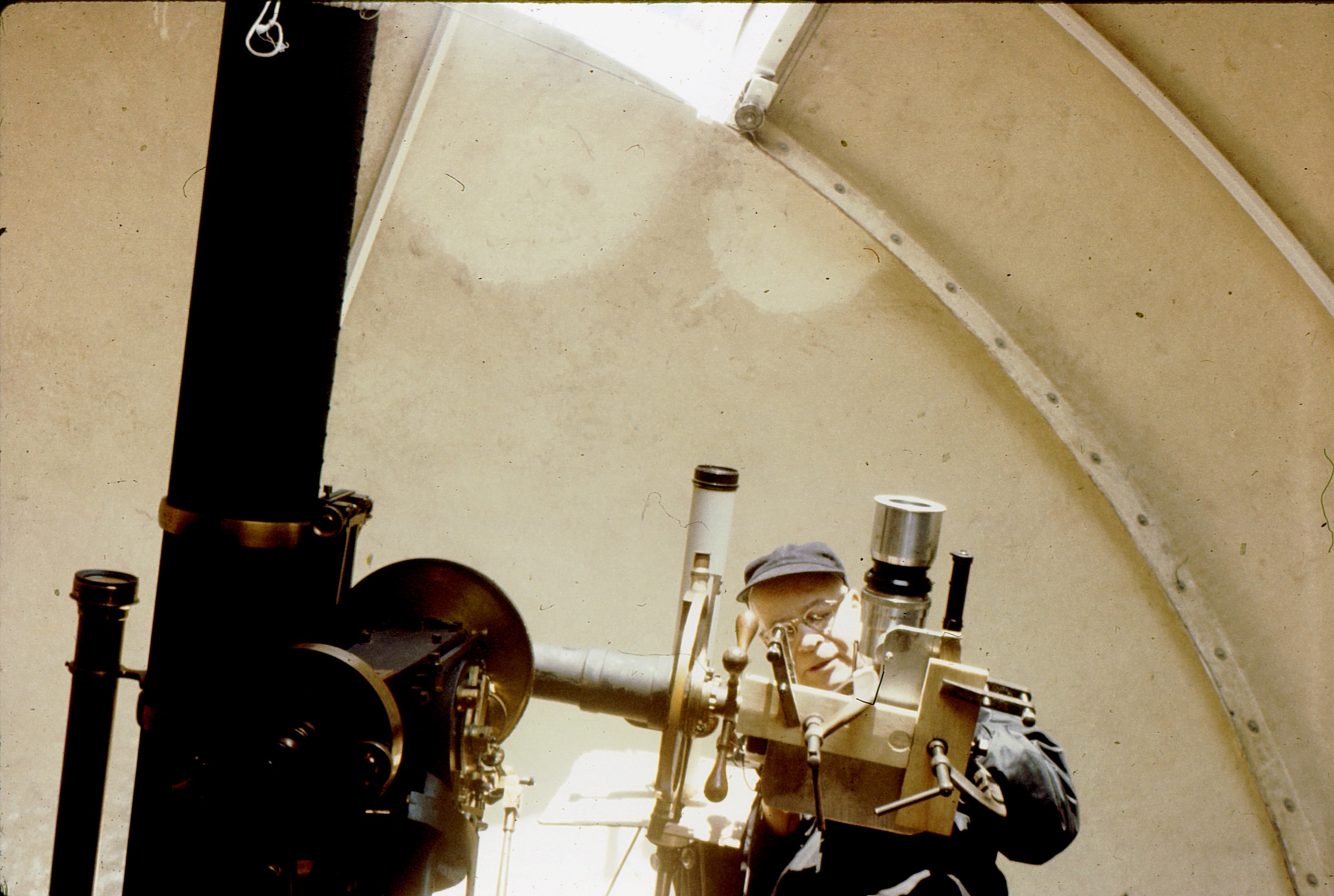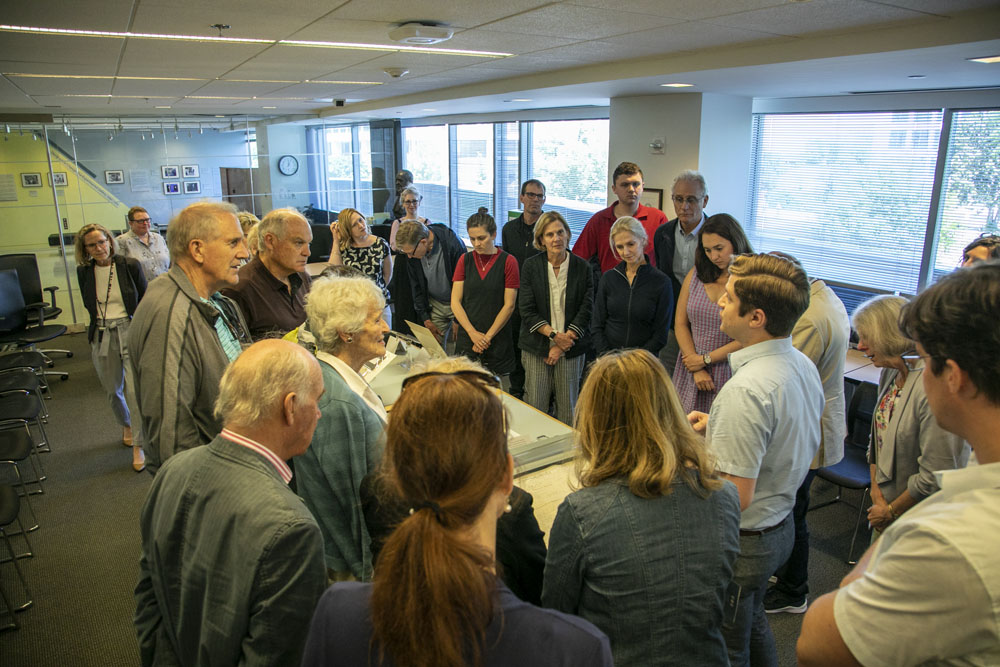Results for "Smithsonian Collections Blog"

Lasting Consequences from Past Solar Eclipses
- Date: August 22, 2017
- Description: Solar eclipse trips can have lasting effects on an astronomy student’s life, as NASM’s David DeVorkin tells us about the 1970 Yale Observatory expedition and beach party to view an eclipse at Nantucket.
- Blog Post
150 Years Ago: Abraham Lincoln’s Assassination
- Date: April 14, 2015
- Description: In New York City when he heard of Lincoln’s assassination, Secretary Joseph Henry returned to Washington for the president’s funeral.
- Blog Post
Science Service, Up Close: Before DNA Made Them Famous - Crick, Wilkins, and Watson
- Date: February 27, 2018
- Creator: Marcel Chotkowski LaFollette
- Description: [edan-image:id=siris_arc_391843,size=300,center]By the 1960s, Science Service had been acquiring photographs of scientists, obscure as well as famous, for over four decades. Portraits of Edison or Einstein were always in demand, but experience had also shown that bright, accomplished young people might someday be awarded a major prize or make a discovery deemed

A Tale of Three Contracts
- Date: September 5, 2019
- Creator: William Bennett
- Description: An exciting new accession sheds light on James Smithson’s family history and fortune.

Women in Science Wednesday: Doris Mabel Cochran and Doris Holmes Blake
- Date: September 18, 2013
- Creator: Effie Kapsalis
- Description: Learn how we recently confirmed a field book authored by Cochran with your help!
- Blog Post
A Short History of Photography from Cigar Box to Cell Phone
- Date: June 23, 2009
- Description: [caption id="" align="aligncenter" width="448" caption="Portrait of Dorothy Catherine Draper, copy of the original photo by John Draper, created by Daniel Draper, 1893, National Museum of American History, Kenneth E. Behring Center, Division of Information Technology and Communications."][/caption] Imagine that you are the first person to take a photograph. What would you

Women in Science Wednesday: Frederica Annis Lopez de Leo de Laguna
- Date: June 11, 2014
- Creator: Effie Kapsalis
- Creator: Effie Kapsalis

Science Service, Up Close: Covering Eclipses, Near and Far
- Date: August 15, 2017
- Creator: Marcel Chotkowski LaFollette
- Description: Spectacular natural events, like eclipses, have long been the bread-and-butter of science journalism. Science Service, too, succumbed to the lure of combining colorful, firsthand descriptions with technical explanations.
- Blog Post
Science Service, Up Close: White House Science Advisors, from Roosevelt to Nixon
- Date: May 11, 2017
- Creator: Marcel Chotkowski LaFollette
- Description: May 11 is the anniversary of establishment of the White House Office of Science and Technology Policy (OSTP). That 1976 legislation further ratified the influence of scientists on national policy, positioning them to provide ready advice to the President.
- Blog Post
If a huge mass of garbage falls in the ocean and no one sees it, does it exist?
- Date: May 22, 2009
- Creator: Catherine Shteynberg
- Description: The first thing that I thought of when we started discussing our new call for entry, "seeing other worlds," was Google Earth. When Google Earth first came out in 2004, I remember the novelty of being able to zoom into my hometown to point out details to college friends, and having them pan across their own homes and favorite travel spots. We could travel across the globe
- Document
Team
- Blog Post
Science Service, Up Close: Summer Road Trips for Science, 1935
- Date: July 24, 2018
- Creator: Marcel Chotkowski LaFollette
- Description: In 1935, Beloit College in Wisconsin began allowing female students to join the annual summer archeological expeditions.
